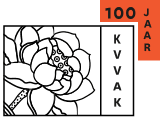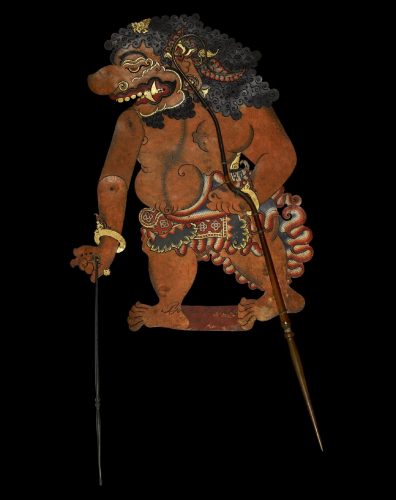
Speuren naar herkomst – Verhalen van Aziatische kunstobjecten in musea
De afgelopen tijd is er in de media veel aandacht geweest over de herkomst van onder meer Aziatische kunst die verzameld is in de koloniale tijd.
De KVVAK informeert haar leden graag over het standpunt van de Vereniging in deze discussie en de eventuele gevolgen voor onze collectie, de visie van het Rijkmuseum – onze gastheer – en de lopende onderzoeken naar herkomst en verzamelgeschiedenis.
Alle plekken in het Auditorium zijn inmiddels vergeven, maar het programma is online live te volgen via deze link: https://youtu.be/2CNa-9zlmiA
Naderhand zal de opname van het symposium op het KVVAK Youtube-kanaal geplaatst worden zodat u het in alle rust terug kan kijken.
Programma
11.30 uur – Registratie en inloop
12.00 uur
Welkom door Pieter Ariëns Kappers, voorzitter KVVAK
Rijksmuseum en herkomstonderzoek door Taco Dibbits, directeur Rijksmuseum
Focus op twee objecten uit NMVW-collectie doorKlaas Stutje – herkomstonderzoeker Pilotproject Provenance Research on Objects of the Colonial Era (PPROCE)
Sir Stamford Raffles’ collections from Java: European evidence of civilisation (English) door Alexandra Green, Henry Ginsburg Curator for Southeast Asia, British Museum, Referent: William Southworth, conservator Zuidoost-Azië, Rijksmuseum Amsterdam
13.35 uur
PAUZE
14.15
Het verzamelbeleid van de KVVAK door Renée Steenbergen, bestuurslid en vice-voorzitter KVVAK
The disputed provenance of Javanese sculptures in the collection of the KVVAK (English) door William A. Southworth, conservator Zuidoost-Azië, Rijksmuseum Amsterdam
Q&A met publiek, Moderator: Renée Steenbergen
16.00 uur Sluiting
Vanwege het thans geldende coronaprotocol in het Rijksmuseum met de 1,5 meter afstand-richtlijjn is het mogelijk om met (slechts) 65 personen live aanwezig te zijn. De middag wordt om die reden live uitgezonden, zodat de thuisblijvers de bijeenkomst online kunnen volgen. Helaas is het met de huidige maatregelen niet mogelijk een borrel na afloop te organiseren.
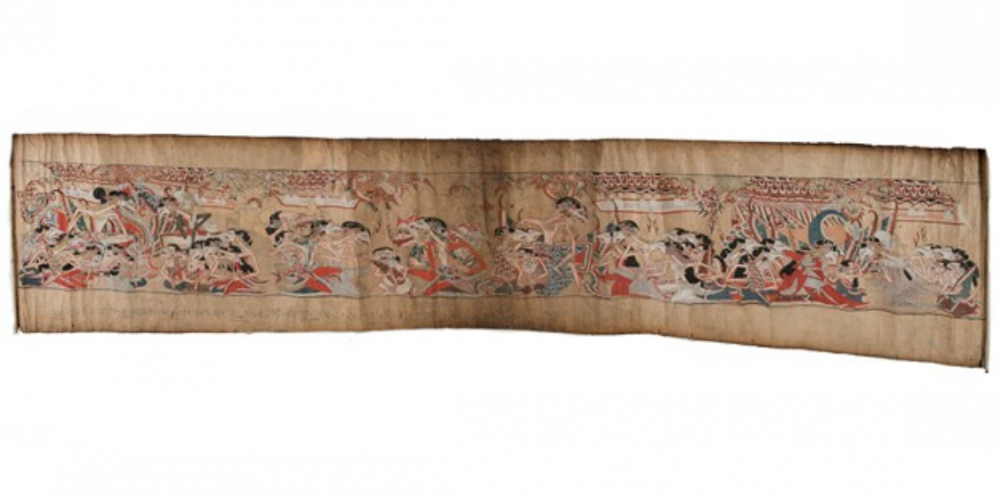
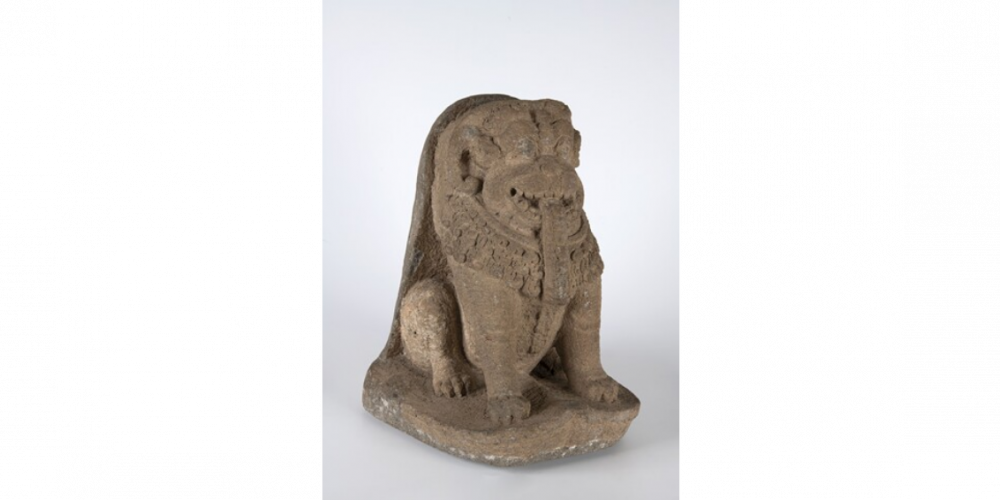
Lezing Klaas Stutje
Klaas Stutje bespreekt twee objecten uit de collectie van het Nationaal Museum van Wereldculturen.
1. een set van zes wayang bèbèr-platen met het Panji-verhaal en
2. een stenen beeld van een Singha uit de Tillmann-collectie.
De wayang bèbèr-platen zijn interessant vanwege de zeldzame aard van de voorwerpen, de nadruk van de KVVAK op kunstobjecten, de raadselachtige wijze waarop ze verkregen zijn, en vanwege de toenmalige discussie of het hier een voorwerp van oudheden of van eigentijdse cultuur betrof.
De Singha is interessant omdat het een Hindoe-Javaans object betreft en daarmee aansluit bij de collectie van KVVAK, én omdat ze volgens de museuminformatie in de jaren ‘30 in bezit is geweest van KVVAK.
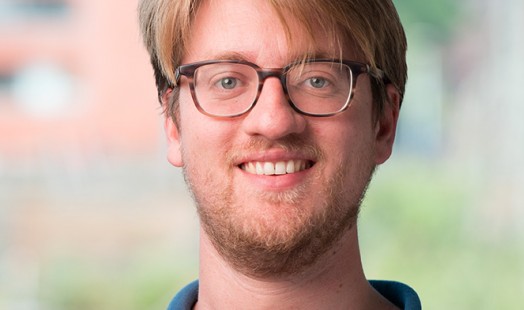
Klaas Stutje
Klaas Stutje is onderzoeker bij het NIOD en momenteel als herkomstonderzoeker in het Pilotproject Provenance Research on Objects of the Colonial Era (PPROCE ) werkzaam. Dit project van het Rijksmuseum Amsterdam, het Nationaal Museum van Wereldculturen en het NIOD Instituut voor Oorlogs-, Holocaust- en Genocidestudies, heeft als doel een methodiek te ontwikkelen voor herkomstonderzoek naar collecties met een koloniale context. Binnen dit project worden de stappen die nodig zijn voor het doen van herkomstonderzoek naar koloniale collecties in kaart gebracht. Dit wordt gedaan aan de hand van een aantal geselecteerde casussen uit Indonesië en Sri Lanka. Het project loopt van november 2019 tot eind 2021 en wordt mogelijk gemaakt door het Ministerie van Onderwijs, Wetenschap en Cultuur.

Alexandra Green- Sir Stamford Raffles’ collections from Java: European evidence of civilisation
There are more than 2,000 objects collected by Sir Stamford Raffles on Java at the British Museum. These comprise more than 360 drawings of ancient Hindu-Buddhist architecture and sculpture, several hundred coins, more than 350 shadow puppets, 137 masks, over 120 metal sculptures, and a few stone sculptures, as well as wayang klitik, wayang krucil gilig, and gamelan instruments. Because of these large bodies of material, Raffles has been called
an early anthropologist, but if the collections are examined in conjunction with his writings and presentations, including the History of Java published in 1817 and his lecture to the Batavian Literary and Scientific Society in 1815, it becomes apparent that these objects reflect very different, and exclusively European, conceptions, particularly opinions of what constituted a civilised society at the time. Partnered with notions of scientific investigation that emerged in the mid eighteenth century, Raffles’ ideas about the stages of civilisation materialised as an extensive collection with the appearance of late nineteenth and twentieth century methodological thoroughness. However, though large, the skewed shapes of the collections indicate Raffles’ lack of understanding of Javanese culture on Javanese terms. It is argued here that rather than representing early anthropology, Raffles was instead collecting material to support his ideas regarding the relatively advanced state of civilisation, according to European standards, displayed by the Javanese. This lecture explores what Raffles collected and why, as well the various ways in which the material arrived at the British Museum and what this can tell us about colonial collecting and the development of museums in Europe.
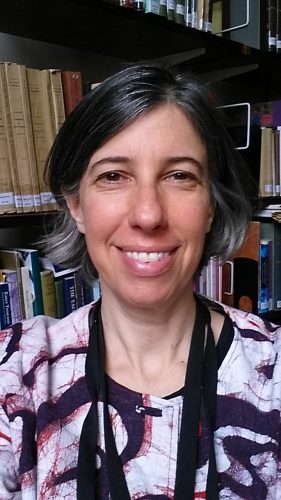
Alexandra Green
Alexandra Green is Henry Ginsburg Curator for Southeast Asia at the British Museum. She has a PhD on the subject of 18th century Burmese wall paintings from the School of Oriental and African Studies, University of London.
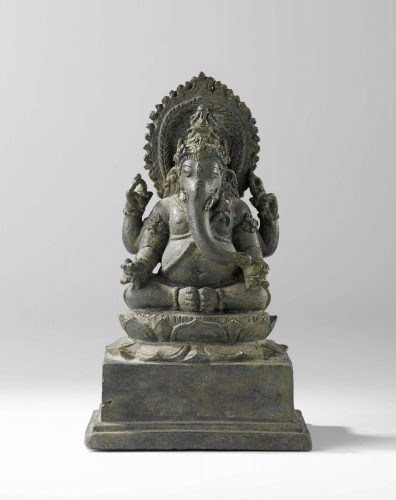
Het verzamelbeleid van de KVVAK 1918 – 1940
De VVAK vatte in de jaren twintig van de vorige eeuw het idee op een eigen collectie Aziatische kunst op te bouwen.
Welke gedachten lagen ten grondslag aan het verzamelbeleid van de eerste periode, en hoe en waar werden een aantal belangrijke stukken verworven?
Bestuurslid en kunsthistorica Renée Steenbergen licht de oorspronkelijke verzamelstrategie van de Vereniging toe, waarna William Southworth, conservator Zuidoost-Azië, nader zal ingaan op de herkomst van enkele kunstwerken uit de KVVAK-collectie die tijdens het interbellum zijn verworven.
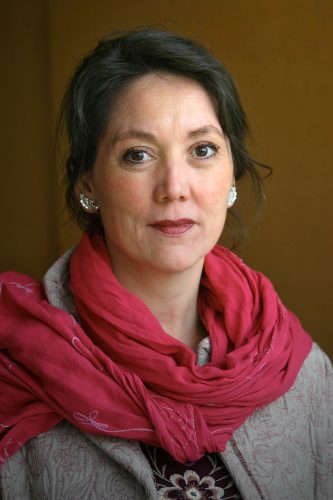
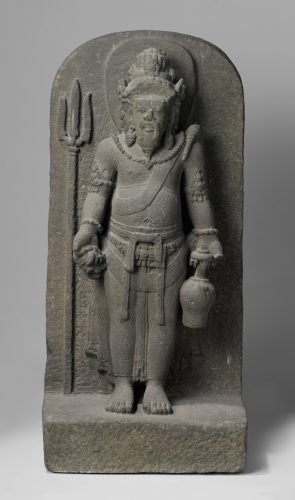
William A. Southworth-The disputed provenance of Javanese sculptures in the collection of the KVVAK
This lecture will discuss the provenance of a small group of sculptures and bronze images in the collection of the KVVAK, including a bronze statue of the Buddha found in East Java (AK-MAK-193) and a stone statue of Agastya or Mahaguru from Central Java (AK-MAK-238). Both statues have been linked in the archives or publications of the KVVAK with episodes of colonial violence and have been selected for this reason. Although the presentation will argue against any military association in the history of these statues, it nevertheless aims to demonstrate the growing need for a wider involvement of the Society in provenance research. Issues of legal ownership and the contemporary destruction of heritage will also be addressed.
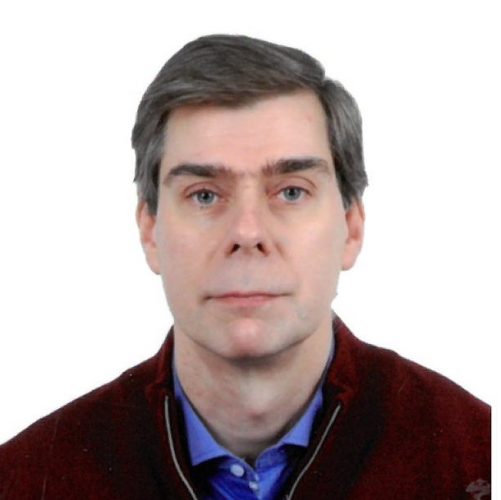
William A. Southworth
William A. Southworth is curator of Southeast Asian art at the Rijksmuseum, Amsterdam. He completed his PhD at the School of Oriental and African Studies (SOAS) in London on the Champa culture of central Vietnam. He has previously been a fellow of the International Institute of Asian Studies (IIAS) in Leiden, focusing on Java, and worked as an archaeological consultant at the Centre of Khmer studies (CKS) in Siem Reap, Cambodia.
